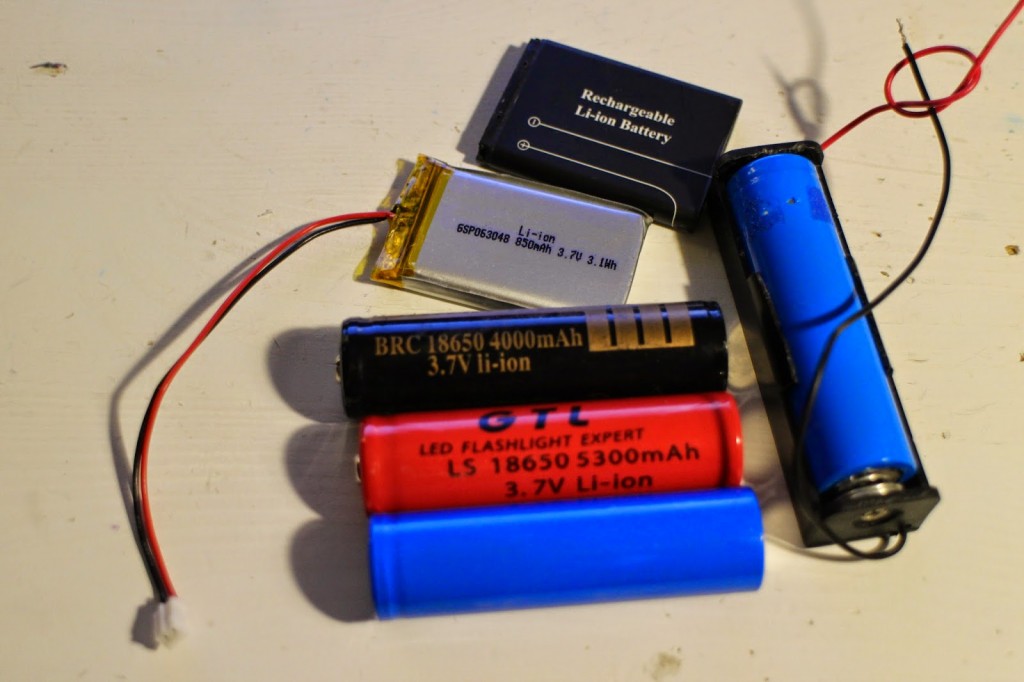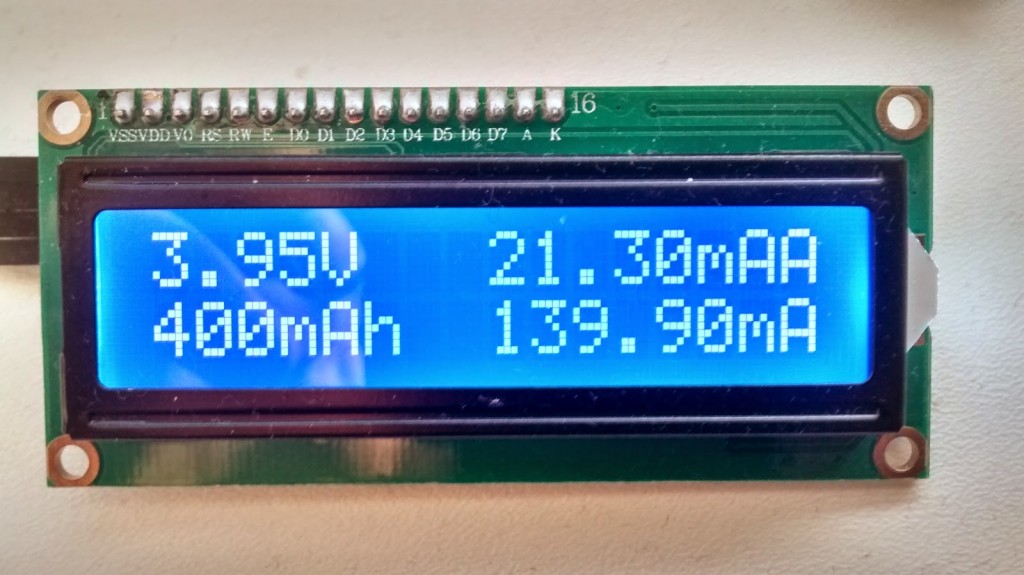The sun is shining for free out there so why not to use it at least to charge the cell phone. I’ve searched cheep but usable solar panel for this purpose and tested it.
Specification of the solar panel from eBay for 8€:
- Voltage: 6 v
- Power:3.5W
- Electric current: 580-600mA
- output:USB 2.0
- Net weight: about 110g
- Size: 16.5 * 13.5 *0. 2cm
- Application: fit for all the electronic products charging (iphones,all mobile phones, MP3 MP4 PDA and Tablets ect.)
The notice is marked:
This device can not store electricity, but only can charge your cell phones in the sun and this item must be under the strong light , otherwise the voltage is very small and many smart phones have battery protection so it can’t charge it.
So lets meet the reality.
 |
 |
Real average voltage and current on direct sun was 5.3V 170mA (outside with no window or any glass covering the solar panel).
Maximum current was close to 250mA which I could get when I tried to find the best position directed to the sun with the voltage 5.3V (1.325W). If it’s cloudy the solar output is going significantly down (to 20mA with 4.5V = 0.09 W).
As expected, there is no easy way that you can directly charge you phone or even tablets from the small solar panel.
Since there are many forums topics and DIY projects, I was inspired by them and created a more complicated way to charge the cell phone.
Adding solar charger with the separate battery and 5V booster
The idea is to put battery charger, separate 3.7 Li-ion battery and 5V booster between the solar panel and cell phone to use all the power from the sun during the day, store it in the interim battery and when needed just boost 5V to the cell phone.
 |
 |
I have used my solar panel for powering Adafruit USB/ DC/ Solar Lithium Ion/Polymer charger v2 (Adafruit 390) for 19€ (more than double price of the solar panel).
For the best performance I have bought a new battery for tests that cost me 7€.
As a 5V step up boost module I’ve used the circuit from the disassembled power bank from eBay for 5€.
 |
 |
Lets again meet the reality and start charging the phone after the 850mAh battery is fully charged.
I was able to charge the phone from 2% to 30%. of Moto G Li-Ion 2070 mAh battery, that can be compared to my 850mAh battery, that proves that the charger from the battery was working.
Total daily solar power
I have tested to charge the battery from solar charger during the nice partially cloudy autumn day . I have used my DIY charger counter of mAh and charged the battery during the whole day. I had max current 139mA during the day (charging stopped in the evening under 21mA) and was able to charge the battery with total of 400mAh.
To check the battery charging efficiency I have tested the battery with the discharger and was able to get 361mAh out of the battery.

During the sunny autumn day the maximum current was 162.95mA and the total mAh that I could get was 606mAh.
To get the solar power to charge my Moto G Li-Ion 2070 mAh battery I would need 3-5 autumn days.
The next step would be to use 5V step up booster with better quality to meet the cell phone requirements and of course to buy a new solar panel with better characteristics.
Sunshine Hours by Location
The sunshine power (Insolation) varies a lot by location so you have to take this into the consideration in order to estimate the power input from the sun.
In my location there is 5 hours daily of full sun in summer but only 1 during winter! Figures in chart of kWh/m^2/day is effectively “hours of full sun per average day” by month. Energy received at sea level is about 1kW/m2 at noon near the equator [source]. Use these when calculating panel energy available. It is also called solar irradiation and expressed as “hourly irradiation” if recorded during an hour or “daily irradiation” if recorded during a day (Wh/m2).

Central EU weather statistics
An excellent site for determining available “sunshine hours” by season is www.gaisma.com
I will have to wait till summer to do the testing again and prove that the summer charging power will be double to autumns power in average.
For short comparison: Doha, Kuwait 3 to 7 hours a day of good solar energy in average.
Different Power for different resistance
The amout of power [W] that you can get depends on the load resistance. I have made several measurements in a short time (to have comparable sunshine power) with the different resistance and for my solar panel I could have maximum 0.62W. As you can see, the power varies for different loads.

For that specific condition of sunshine power the most power I could get was 0.62W. The short-circuit current was 0.22A and open-circuit voltage is 6.01V.

The characteristic resistance of a solar cell is the output resistance of the solar cell at its maximum power point. If the resistance of the load is equal to the characteristic resistance of the solar cell, then the maximum power is transferred to the load and the solar cell operates at its maximum power point. More info can be found here.
An approximate value of the characteristic resistance should be R = max(V) / max(I) that in my case is 27.3Ohm but the measurement resistance was 18.8Ohm. I will repeat my measurements once again, to prove the theory for which I will have to wait for a nice weather… 😉
A good example of testing solar panel:www.voltaicsystems.com/blog/solar-charger-tutorial-part-1/. In their example the approximate resistance should be 6.53V/0.33A = 19.8Ohm and the measured one is 15hm.
Here is a good discussion of the use of solar power.
Notes
There is a good coverage of the topic in this adafruit learning pages: learn.adafruit.com/minty-boost

The charger is universal 3.7V Lithium Ion/Polymer charger with various other batteries.




